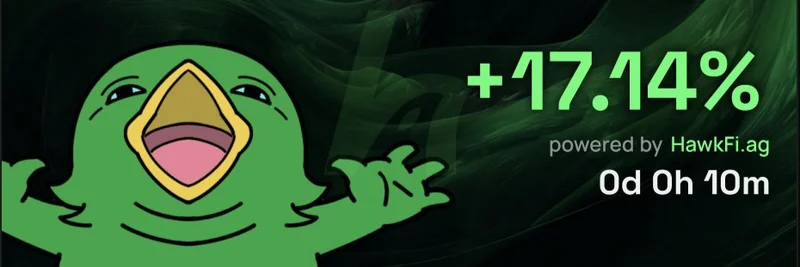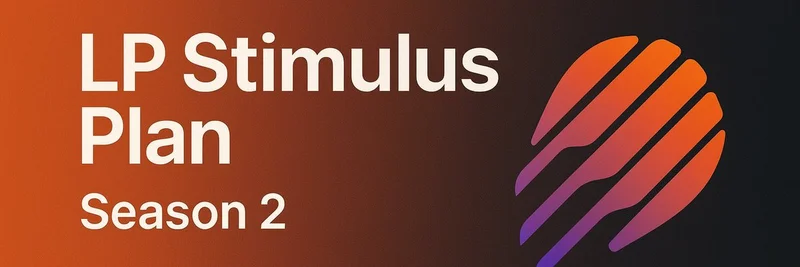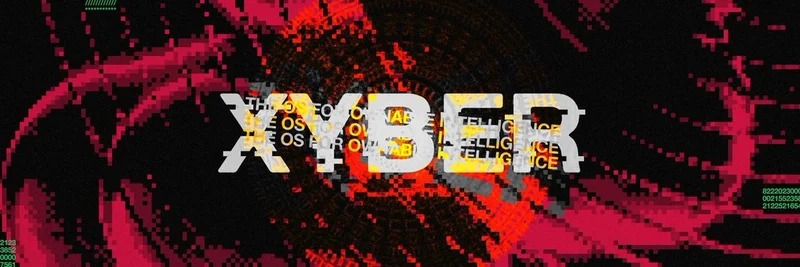Hey there, crypto enthusiasts! If you've been keeping an eye on the blockchain world, you might have noticed a hot topic brewing on X lately. A tweet by Uma Roy (@pumatheuma) sparked some serious discussion about Solana's approach to decentralized sequencing and how it compares to the rise of app-specific blockchains. Let’s break it down in a way that’s easy to digest, even if you’re new to the crypto game.
What’s the Buzz About Solana’s Sequencing?
The tweet references a great point made by Nick White on the latest Expansion podcast, comparing Solana’s insistence on decentralized sequencing to Ethereum’s past push for home validators. For those unfamiliar, sequencing in blockchain refers to the order in which transactions are processed. Solana has long prided itself on its decentralized setup, where many nodes work together to keep things fair and secure. But Uma’s tweet suggests this might be a bit of a "dogma"—a belief held so strongly that it could be missing the bigger picture.
The argument? If trading—especially high-volume stuff—makes up over 90% of blockchain activity, maybe a centralized yet verifiable sequencing model could work better. This idea ties into the growing trend of app-specific blockchains, like the one mentioned in the thread: Atlas, designed for high-performance financial apps.
Why Centralized Sequencing Might Win
So, why the shift toward centralized sequencing? Imagine you’re running a busy online marketplace. If everyone’s shouting orders at once, it’s chaos unless someone organizes the queue. Centralized sequencers act like that organizer, deciding the order of transactions before they hit the main blockchain (or Layer 1). This speeds things up and cuts costs, which is a big deal for traders who need quick, reliable execution.
Uma points out that if regulators are okay with this centralized-but-verifiable approach, the market might naturally gravitate toward it. Think of it like gravity pulling water downhill—it’s hard to fight what users and developers want. This is where Layer 2 solutions (like rollups) come in, offering a middle ground between full decentralization and efficiency.
The Atlas Angle: App-Specific Blockchains
The thread Uma replied to dives deep into Atlas, a project by Ellipsis Labs that’s all about creating blockspace tailored for financial trading. Unlike general-purpose blockchains like Solana or Ethereum, Atlas makes specific choices—like centralized sequencing and priority for liquidity providers—to optimize for markets. It’s like building a racecar instead of a family van; it’s not for everyone, but it excels at its job.
This “opinionated blockspace” idea is gaining traction. Projects like Hyperliquid (for perpetuals) and Celestia (for data availability) are other examples. They trade off some decentralization for better performance in their niche, and Atlas is following suit with spot and perpetual DEXs (decentralized exchanges).
Solana’s Challenge Ahead
Here’s where it gets interesting for Solana fans. Brendan Farmer in the thread argues that Solana might be repeating Ethereum’s 2020 mistake—dismissing new tradeoffs (like Solana’s speed back then) because it believes its current system is the “right” one. As trading moves to these app-specific rollups, Solana could see less fee revenue and MEV (maximal extractable value) on its Layer 1. The market seems to be saying: give us better user experiences, even if it means less decentralization.
What This Means for Meme Tokens and Beyond
At Meme Insider, we’re all about keeping you in the loop on how these tech shifts affect meme tokens and the broader crypto ecosystem. While meme coins like Dogecoin or Shiba Inu thrive on community hype, their trading efficiency could benefit from optimized blockchains like Atlas. Imagine faster, cheaper trades for your favorite meme token—pretty cool, right?
Plus, with regulators potentially greenlighting centralized sequencing, we might see more innovation in niche blockchains. This could open doors for meme token projects to build their own tailored ecosystems, blending fun with functionality.
The Takeaway
The Solana decentralized sequencing debate isn’t just tech talk—it’s a glimpse into the future of blockchain trading. As app-specific blockchains like Atlas gain ground, the balance between decentralization and performance will keep evolving. Whether Solana adapts or doubles down, one thing’s clear: the market’s demand for better UX is unstoppable.
What do you think? Are you team decentralized or leaning toward these new app-specific designs? Drop your thoughts in the comments, and stay tuned to Meme Insider for more blockchain insights!



